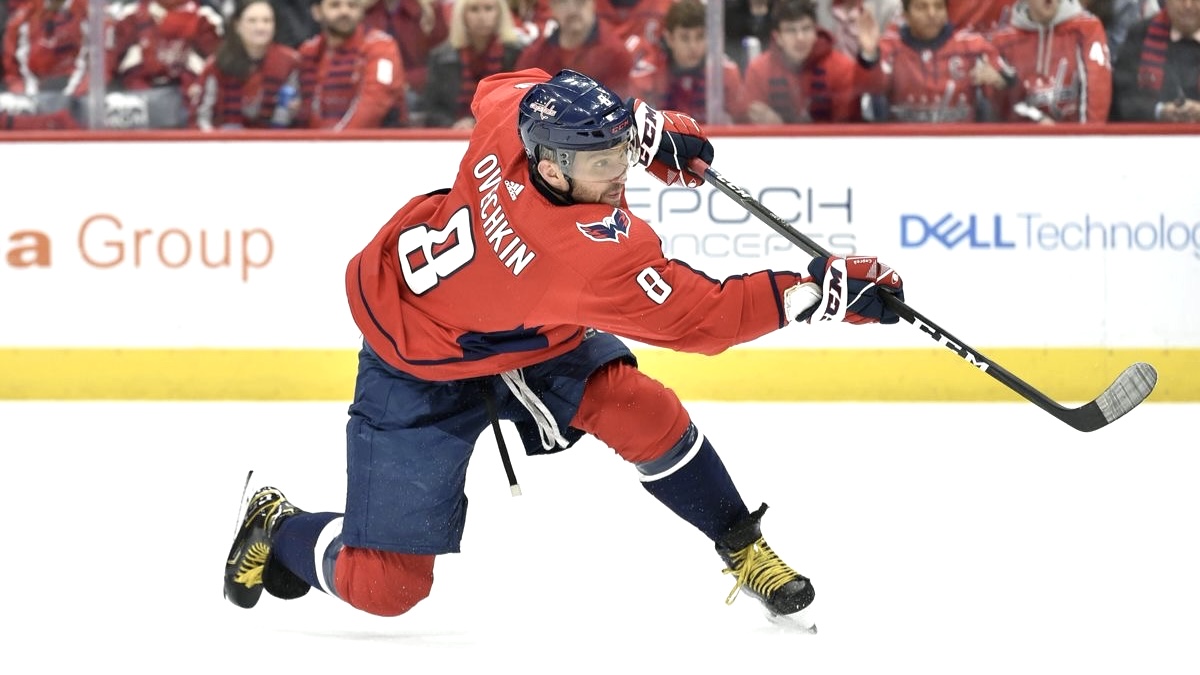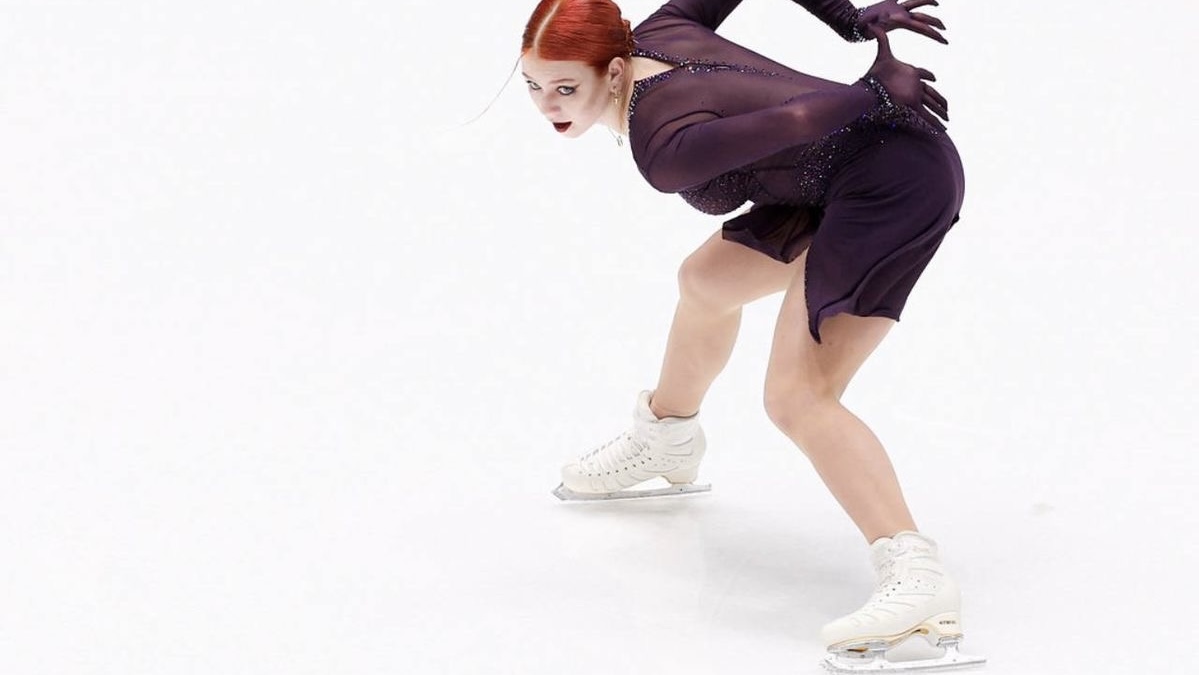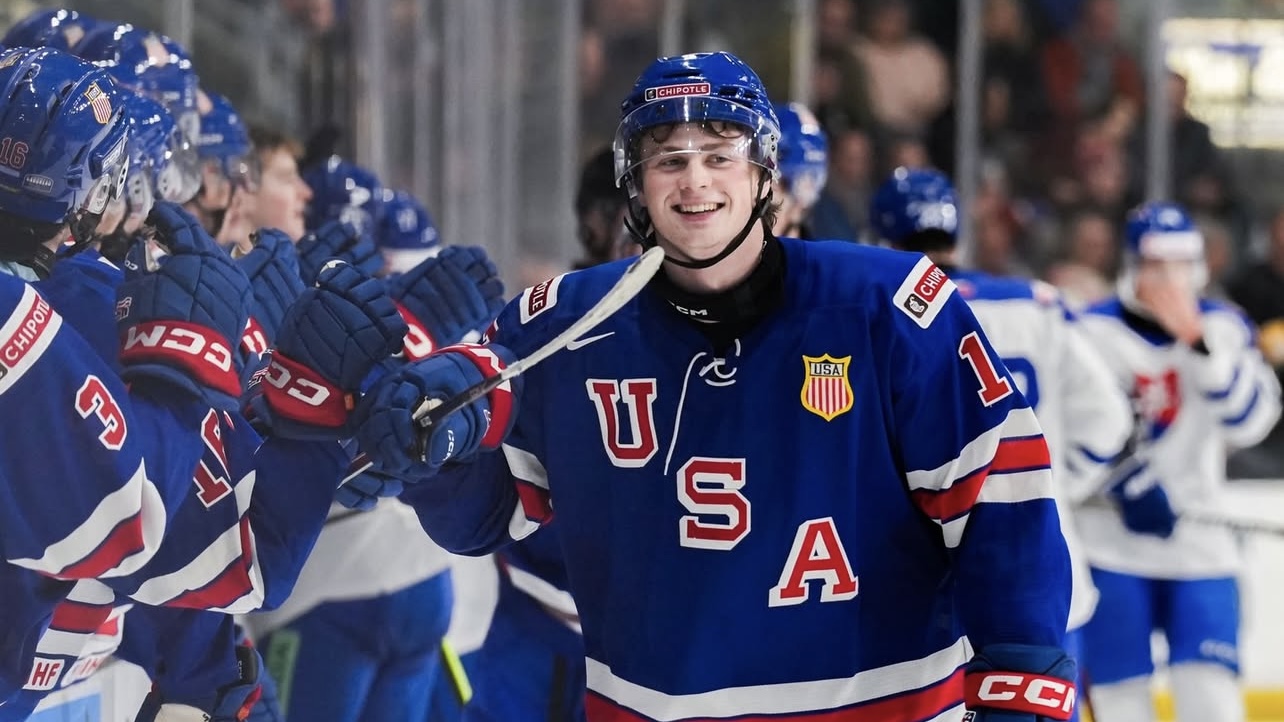January 15, 2025
Alexandra Trusova Expecting a Child
April 12, 2025

Ice hockey is a game of raw power, lightning speed, and relentless physicality. From explosive sprints to bone-crunching checks, players like Connor McDavid and Sidney Crosby make it look effortless—but behind their dominance lies a hidden weapon: flexibility. Often overlooked in a sport that celebrates strength, flexibility training is a game-changer for hockey players, boosting performance, preventing injuries, and speeding recovery. Here’s why stretching deserves a spot in every player’s playbook and how it fuels success on the ice.
Hockey demands explosive movements—slapshots that rocket at 100 mph, quick pivots to dodge defenders, and sprawling saves by goalies. Flexibility amplifies these by expanding range of motion (ROM). “The more your joints can move, the more force you can generate,” says biomechanist Dr. Kelly Starrett, author of Becoming a Supple Leopard. A deeper hip flexor stretch, for instance, lets players like Alex Ovechkin wind up for a shot with a fuller torso twist, unleashing maximum power.
Science backs this up. A 2021 Journal of Strength and Conditioning Research study found that a 15% increase in hip and shoulder flexibility boosted shot velocity by 10-12%. For a winger ripping a one-timer or a defenseman blasting from the point, looser muscles mean harder hits—on the puck, not the body. Stretching the hip flexors, hamstrings, and adductors daily opens the stride and torso, turning potential energy into kinetic thunder.
Speed is hockey’s currency—think McDavid blazing past opponents at 24 mph. Flexibility fuels that edge by lengthening strides and sharpening cuts. Tight hip flexors or quads shorten your skate, sapping efficiency; loose ones let you cover more ice per push. “It’s like unlocking your engine,” says NHL skating coach Barb Underhill, who’s trained stars like Nathan MacKinnon.
A 2020 Sports Medicine study showed that dynamic stretching—think leg swings or walking lunges—before games increased sprint speed by 8% and agility by 10%. Dynamic stretches prime fast-twitch fibers, letting players like Crosby weave through traffic with catlike precision. Regular static stretching, meanwhile, maintains that ROM long-term, ensuring every shift stays sharp. For a forward chasing a breakout pass or a goalie lunging for a save, flexibility is the difference between first and too late.
Hockey’s physicality—82 games, collisions, and awkward falls—takes a toll. Groin pulls, hip strains, and lower-back tweaks are common, but flexibility is a shield. “Loose muscles absorb shock better,” says physical therapist Dr. Andreo Spina, creator of Functional Range Conditioning. Stretching the groin and hip adductors, for instance, preps players for sudden splits or twists, like a defenseman pivoting to block a shot.
The data’s clear: a 2019 British Journal of Sports Medicine meta-analysis found that flexibility training cut injury rates by 25% in high-contact sports. Goalies, who rely on butterfly splits—like Andrei Vasilevskiy’s acrobatic saves—benefit most; a 2021 Journal of Sports Rehabilitation study linked daily hip stretches to a 30% drop in groin injuries. For players at every position, a limber body bends, not breaks, under pressure.
In a grueling season, recovery is king. “Flexibility speeds the reset,” says Crosby, who uses post-game stretches to stay fresh. Static stretching—holding a quad pull for 30 seconds—boosts blood flow, flushing lactic acid and easing soreness. A 2020 Physical Therapy study found that 10 minutes of post-game stretching reduced next-day muscle stiffness by 20%, letting players hit the ice ready for more.
Sleep’s a factor too. Tight muscles signal stress, disrupting rest; stretching calms the nervous system. A 2022 Sleep Medicine study showed that nightly hamstring and lower-back stretches improved sleep quality by 15%, aiding growth hormone release for tissue repair. For a center grinding through back-to-backs or a winger nursing bruises, flexibility means less downtime, more dominance.
Stretching isn’t just physical—it’s mental. “It grounds me before a game,” says MacKinnon, who stretches to focus. A 2021 Psychology of Sport and Exercise study found that 10-minute stretch sessions lowered cortisol (stress hormone) by 18%, sharpening clarity—vital for reading plays or sniping top-shelf. Post-game, it’s a ritual to decompress, resetting the mind as much as the body.
Balance is key: overstretch before games, and power dips (5% strength loss, per a 2020 Sports Health study). Aim for gentle, purposeful moves.
At our academy, we know flexibility is a hockey player’s secret sauce. That’s why we’ve crafted monthly 16-day Flexibility Training Plan tailored for ice hockey players—pros or aspiring ones. Designed by two elite coaches, this plan targets the hips, groin, quads, hamstrings, and shoulders to boost your speed, power, and durability. Coach Emilia, a flexibility expert trained at the prestigious John Cranko School in Stuttgart and a Tanzolymp winner in Berlin, brings her mastery of body mechanics to the program. Her dynamic stretching method, proven to boost range of motion by 30%, enhances skating agility and power by improving flexibility and joint mobility. Coach Ellen, a certified stretching coach with extensive training, complements this with targeted stretching techniques that elevate performance. Her expertise in fascia release promotes long-term mobility, supporting injury prevention and recovery. Each day brings a new 20-30 minute session, guided by video tutorials showing exactly how to stretch for maximum impact—dynamic for pre-game fire, static for post-game recovery, and daily flows for lasting gains. Whether you’re chasing McDavid’s speed or Crosby’s resilience, our plan, crafted by Emilia and Ellen, builds the flexibility to get you there—step by stretch, day by day.
Flexibility isn’t a sideline for hockey players—it’s center ice. It fuels Ovechkin’s shots, McDavid’s sprints, and Vasilevskiy’s splits, blending physics (range, leverage) with biology (repair, resilience). Science proves it: looser muscles mean faster strides, harder hits, fewer injuries, and quicker rebounds—plus a mental edge to match. On a rink where split-seconds and inches rule, stretching is your skate-sharpening ritual. Join our academy’s 16-day plan, follow the videos, and unlock your body’s potential—one stretch at a time. The ice is waiting.
By Vitalina Andrushchenko, Staff Writer

January 15, 2025
Alexandra Trusova Expecting a Child

April 05, 2025
Alexandra Trusova and Makar Ignatov Reveal the Gender of Their Future Child

December 26, 2024
2025 World Junior Championship Schedule